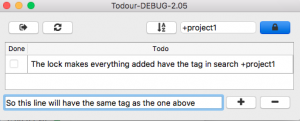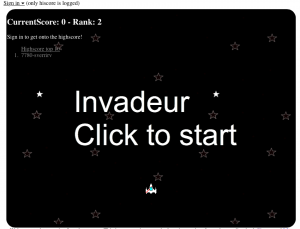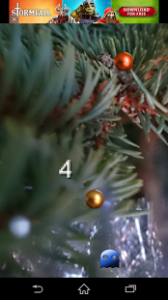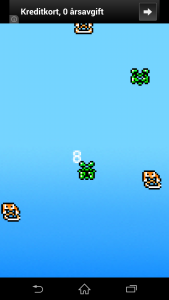The title is quite specific, but I would have loved to have this article around when I moved my game Sumur from its old hosting at IBM Code Engine and to my own Dokku server. Also, I remember having had some issues packaging the game in a docker to begin with, so here is a short explanation of how that can be done. I am sure there are other ways.
Godot websocket server in a Docker
Lets start with the Dockerfile:
FROM ubuntu:22.04
WORKDIR /app
COPY . .
RUN mkdir logs
EXPOSE 8080
CMD ["./game"]As you can see, this is not all that impressive. We expose port 8080 (the server code is configured to listen on that port of course) and run the game. But what is this “game” that is being run?
Good question. It is not the executeable that Godot will give you as a result if building for Linux. Its rather the server version of Godot itself (when writing this, its the file found here: https://downloads.tuxfamily.org/godotengine/3.5/Godot_v3.5-stable_linux_server.64.zip) renamed as game.
In the same directory is the game archive, named game.pck (Godot will automatically load the pck file with the same name as the executeable).
Thats basically all there is to it.
Here is the relevant part of my Makefile for reference (the server code is in directory “server”):
build/game.pck: $(shell find server -type f)
$(godot) --path "server" --export "Linux/X11" ./game.pck --no-window
mv server/game.pck build
build/game:
- mkdir build
cd build;wget https://downloads.tuxfamily.org/godotengine/3.5/Godot_v3.5-stable_linux_server.64.zip;unzip *.zip;rm *.zip
mv build/Godot*.64 build/game
linuxserver: build/game build/game.pck
cp -R server/data build
cp server/*.so build
cd build;docker build -f ../Dockerfile -t sumur_server .
docker tag sumur_server myrepo/sumur_server:latestDeploying, running and re-deploying on Dokku
As I explained in Goodbye Heroku (for now) I have set up a Dokku server where I run all my server stuff (its quite amazing how much stuff one can run on one cheap cloud server) and mostly this has been simple. Running Django or Rails applications using Heroku buildpacks is a well documented and simple process. A docker container with godot server running websockets turned out to be less documented..
To start, set up a normal dokku application and hostname, letsencrypt and all that. Basically:
dokku apps:create sumurserver
dokku domains:add sumurserver sumurserver.yourdomain.com
dokku letsencrypt:enable sumurserverThen you need to add the ports. My dokku defaulted to redirect http and https to port 5000 in the docker. To fix that:
dokku proxy:ports-clear sumurserver
dokku proxy:ports-add sumurserver http:80:8080
dokku proxy:ports-add sumurserver https:443:8080
dokku proxy:ports-add sumurserver wss:443:8080Since websockets is supported by nginx, this “just works” without any more configuration. Now we’re all set to deploy the docker.
The simplest way is to deploy once and be done with it:
dokku git:from-image sumurserver myrepo/sumur_server:latestThis will work just fine, but I never got it to update the image when I rebuilt it and published a new container to my repository. How to fix that is described in the dokku documentation at https://dokku.com/docs~v0.25.7/deployment/methods/git/#initializing-an-app-repository-from-a-docker-image using the images sha hash instead of its lable. In my case:
dokku git:from-image sumurserver myrepo/sumur_server@sha256:9d187c3025d03c033dcc71e3a284fee53be88cc4c0356a19242758bc80cab673Again, put into a Makefile:
publish-linuxserver:
docker push sumurserver myrepo/sumur_server:latest
TAG=$$(docker inspect --format='{{index .RepoDigests 0}}' sumurserver myrepo/sumur_server:latest) && ssh my.dokku.server.com dokku git:from-image sumurserver $$TAG





 Graphics
Graphics